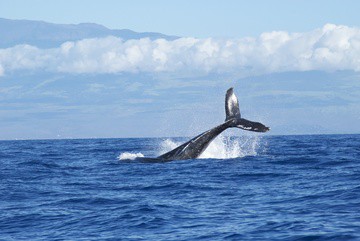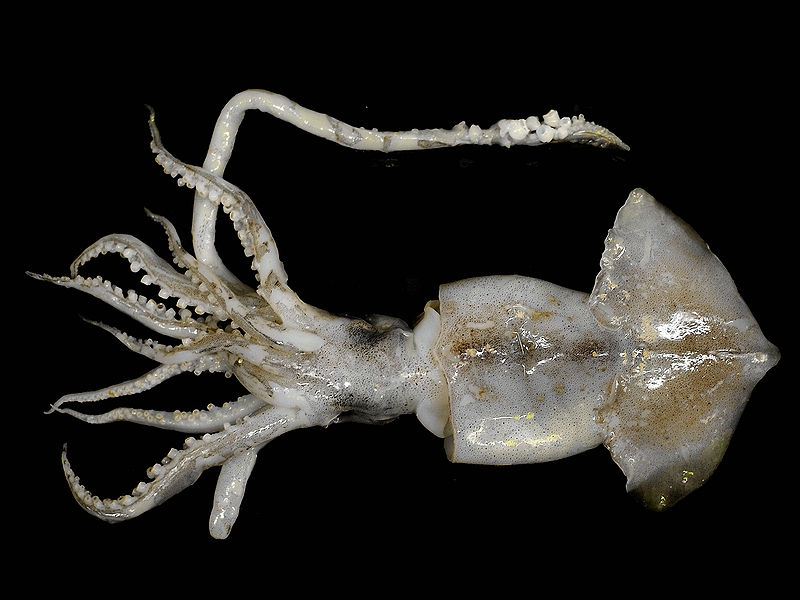Humpback Whale Tail: Dimensions, Strength, Size, Uses, And Facts
Atrayee
Humpback Whale Tail: Dimensions, Strength, Size, Uses, And Facts
Humpback whales are baleen whales that have a flat or horizontal whale. They could move their tail up and down to move underwater. We also know these whales for being one of the most acrobatic whales, and it is their tail that helps them breach the










